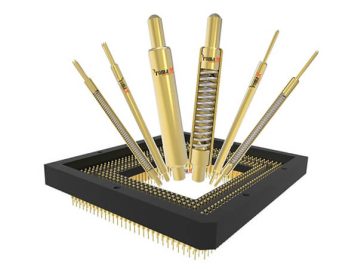Lightning is a “Computer Bus,” while the Connector is a power created by Apple Inc. It was first discovered on 12th September 2012. The lightning Connector replaced a 30-pin dock connector.
The Lightning Connector connects Apple mobile phone devices like iPhones, iPad, and iPods to host computers, cameras, monitors, USB battery chargers, and other peripherals.
Lightning is much smaller and easy to use as compared to the previous predecessor because the predecessor had 30 pins, while on the other hand, the Lightning Connector uses only 8 pins.
Moreover, it carries a digital signal and can be inserted face-up and face-down in any device. Let’s discuss in detail a Lightning Corrector to have a clear image of it.
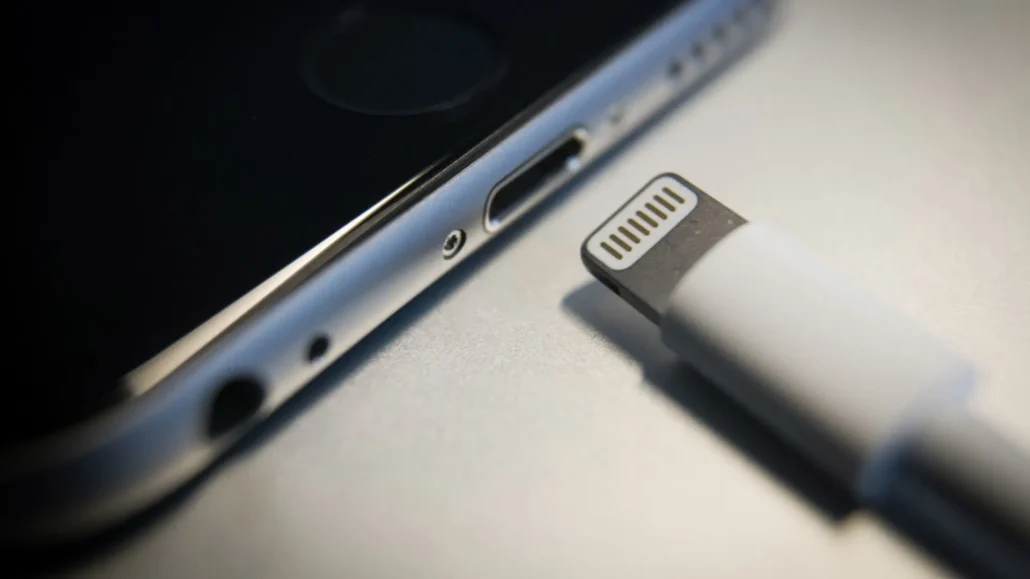
What Is a Lightning Connector?
Lightning is a small 8-pin connector that carries a digital signal with it. The ultimate transfer speed available on the Lightning connector is 480 Mbit/s, the same as a 2.0 USB.
Its job is to safely transfer the power and data signals in whatever position it is connected. Each pin of the Connector has a reverse side that is connected directly to the opposite twin side. That is why it is called a two side processor.
However, Lightning Connector works the same on both sides; there will be no difference in the performance whether connected right or left. The 30-pin adapter supported only a limited number of subsets like; USB data, USB charging, and Analog Audio Output.
While on the other hand, the Lightning Connector supports a large number of subsets. Apple offers various adapter allowances so Lightning Connectors can use them on different interfaces.
The original Apple Lightning Connector contains a chip for authentication, making it difficult for third-party to invent accessories that can be compatible without Apple’s permission or approval.
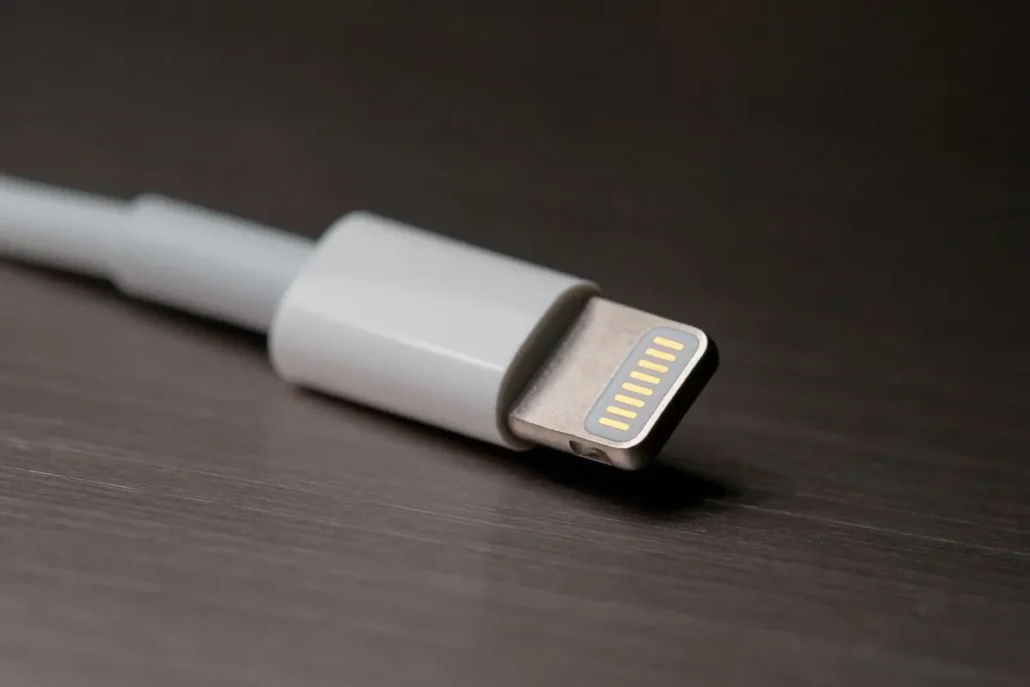
List of Devices That Supports Lightning Connector
In addition, the list of devices that the Lightning Connector uses are vast, but for your benefit, we are mentioning the names of some Apple devices below that support a Lightning Corrector.
- iPhone 5-14 series.
- iPhone 1st-3rd generation.
- IPad 1st-5th generation.
- iPod touch 5th-7th generation.
- And the list goes on.
It is a straightforward charger having some advantages and disadvantages too. You can use it according to your satisfaction. Apple has stated that they’ll continue to use Lightning Connectors because replacing them will cause a huge amount of electronic waste.
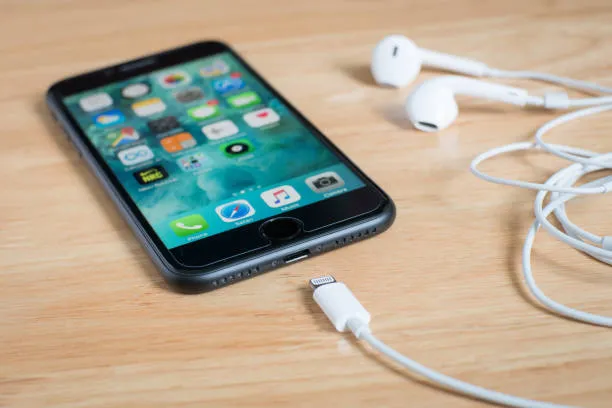
Why Do Apple Users Need a Lightning Connector?
It is a common question among all Apple device users who want a genuine explanation. Let’s unveil the hidden truth behind the curtain.
Lightning Connector is a charging solution for all iPhone, iPad, and iPod users. You can only charge your devices with it because of the product’s authenticity. It is a slim, compact, and reversible charger.
Firstly, charging was never a problem for most users, especially since the iPhone was a topic and iPod was the niche. But gradually, over time, due to the original product verifications, Apple had to introduce an accessory for user satisfaction so that any tricks could not fool them.
Original Apple products will be charged only by the original Lightning Connector, Apple’s main motive while producing such a great innovation.
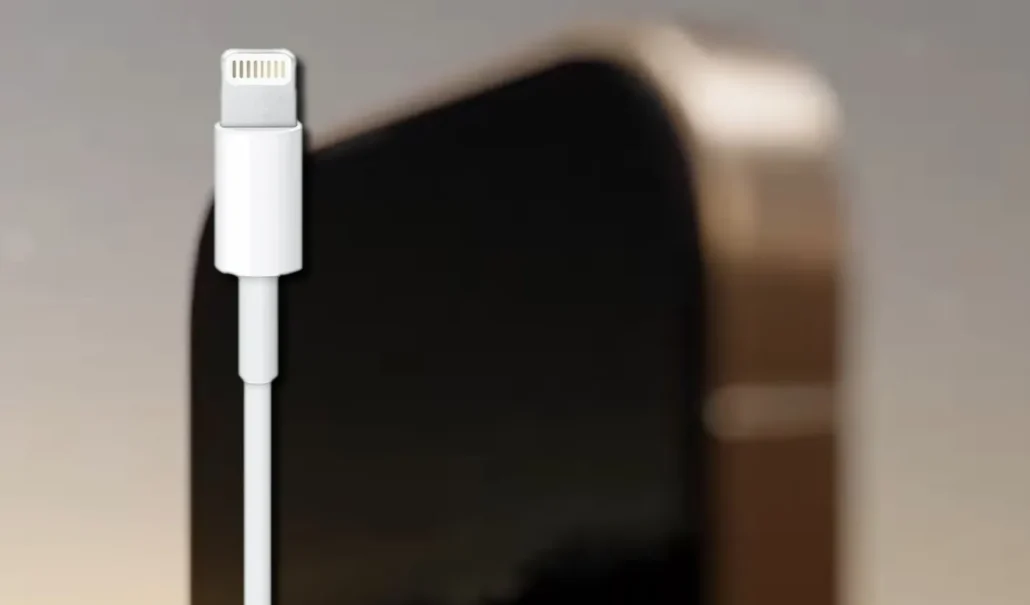
Why Does Apple Use a Lightning Port Instead Of USB-C?
Apple has adopted USB-C for MacBooks only, but nearly all handsets of Apple use the Lightning connector because it gives the company more control.
However, around one billion Apple devices are shipped using a Lightning Connector as an addition to an entire ecosystem of accessory and device manufacturers.
Still, Nobody outside of Apple knows the reason, but there might be two plausible reasons. One is that there are better options than USB-C for being a phone connector, such as Lightning. And the second is Apple doesn’t want to change connectors.
In addition to the answer, for various reasons, users of all iPhones, iPad, and iPods want access to many different devices so they can use two cables for their devices instead of buying the same expensive Lightning Connector.
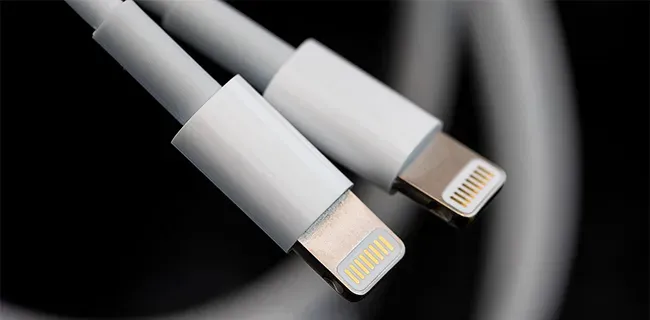
Is Lightning Connector the Same As a Charger?
Despite being similar, a Charger and a Lightning Connector are not the same. The most noticeable difference between the two cable types is; Lightning is a proprietary connector used only on Apple devices. At the same time, a Charger does not need specific devices for charging.
Lightning was introduced in 2012 for Apple’s connection, communication, and power supply. However, Chargers were introduced in 2014 and submerged in USB-A and USB-B as popular connectors for the same connection, communication, and power supply to all local devices.
Although both cables are primarily used for charging devices like smartphones and tablets, they can also work in digital transferring tasks like uploading and downloading files, music, photos, and many more.
However, every Apple device since 2012 has come with a Lightning Connector because its compatibility is limited to Apple products exclusively. A charger offers a higher power delivery rate than Lightning while delivering a faster charge under the same V.
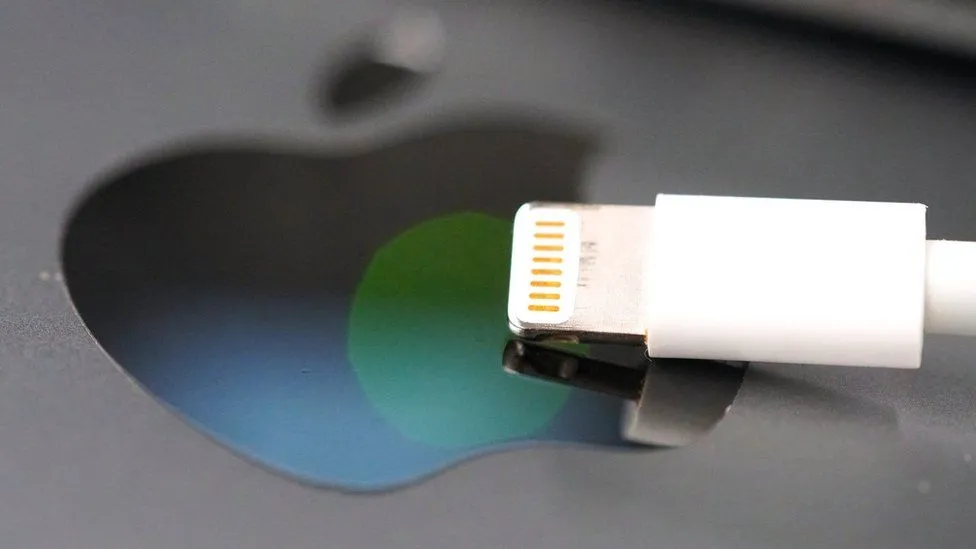
Why Is Lightning Connector Different From Regular Connector?
Apple has been ruling over technology for over a decade now. There are many ascending plus descending voices for Apple Inc. However, Apple has claimed the crown of most “Innovative Brand” for its properties like iPad, iPhone, iPod, and Lightning Connectors.
Moreover, at the moment, two types of charging cables have a grip on the market: USB-C and Lightning Connectors. Some users need clarification while buying the best cable for their daily use. Although there are many comparisons between these two, some are highlighted for a better understanding.
Lightning cables are a bit expensive compared to USB ones because the Connector has a chip inside each of its pins, proving whether it is certified. However, you get what you pay for with or without a certification.
Lightning Cables transfer data at a speed of 2.0 while, on the other hand, the USB-C works at a 3.0 speed, which is faster. So likely, in this area, Lightning can be a bit slower.
Furthermore, Apple ensures the safety and quality of the cable, a basic security requirement for any user, and it also guarantees compatibility between the accessories and the Apple devices. A USB-C requires more protection than the Lightning one.
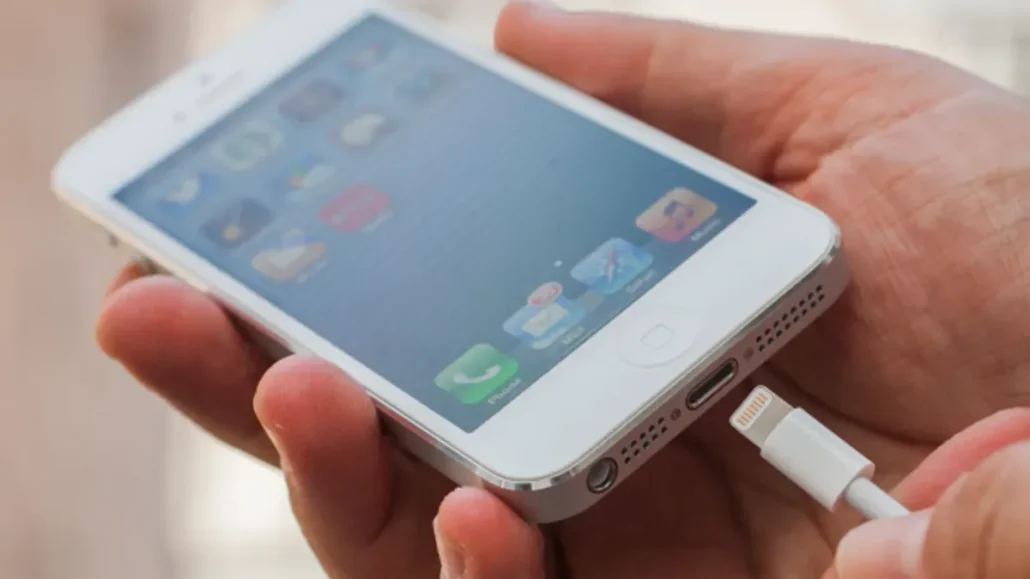
Ways to Clean a Lightning Connector
Everything needs a proper cleanup, and when you have an expensive thing in your hand, you intend to take extra care of it. Follow these simple tips to clean your Lightning Connector to keep it shining. Things you’ll need to gather first; Earbuds or a Q-tip, rubbing alcohol, a toothpick, a towel, and your charger.
- Dip the end of the Q-tip in rubbing alcohol, in mind that alcohol should be at its highest percentage.
- Rub the Connector tip with it to remove the corrosion.
- Now scrape the charger if there are some remaining particles of corrosion left.
- Lastly, dry your charger properly with a clean towel.
- Wait for several minutes and ensure there is no wetness left in it before connecting it to your phone.
- Plug the Connector, and done!
Happy Cleaning!
Bottom Line
After reading this blog, your blur picture of Apple and Lightning Connector will be crystal clear. Keep these things in mind if you intend to buy an Apple device.
 Over 15 Years of Expertise
Over 15 Years of Expertise FREE samples provided to ensure product satisfaction
FREE samples provided to ensure product satisfaction Rapid Turnaround: Mass Production Complete in 15 - 20 Days
Rapid Turnaround: Mass Production Complete in 15 - 20 Days





